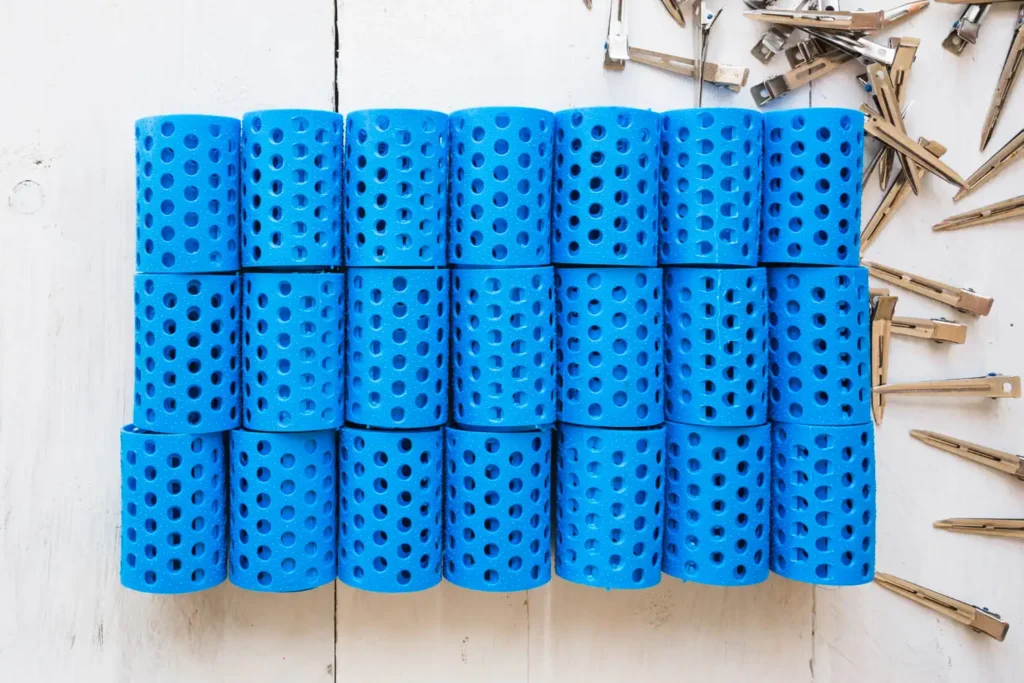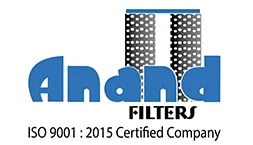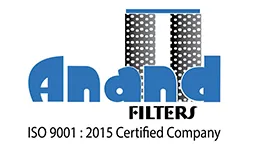
Choosing Between Woven and Non-Woven Filter Bags: A Comparative Guide
The textile sector is constantly innovating and changing. Manufacturers continually produce new textile products to satisfy the demands of many industries. Filter cloth is one such item.
Filter fabric is a type of textile used for filtering gases and liquids. It is made of polyester, nylon, and fiberglass. Filter fabrics are generally categorized into two main types: non-woven and woven materials.
Woven and non-woven filter bags are two commonly used materials, each offering distinct characteristics and advantages. When selecting cloth, is it woven or not? Selecting the appropriate kind of filter bag can greatly impact environmental compliance and operational efficiency.
What Are Woven Filter Bags?
Woven filter bags result from combining threads or yarns in a specific manner. The characteristics of the finished fabric can vary depending on factors such as the weave pattern, thread count, and the materials used in its construction. The structural framework evolved from the weaving process dictates the size of particles that the fabric will capture. It is similar to a mesh.
Industries often use woven materials due to their resistance, tensile strength, and high-temperature tolerance. They commonly use woven filter bags in industrial filtration settings, where the filters must handle extremely high temperatures and pressures, such as in cement processing and heavy industries.
What Are Non-Woven Filter Bags?
Synthetic fibers are typically packed with heat, chemicals, or mechanical processes to form non-woven filter bags. This form of material forms a web-like structure that is efficient in capturing particles and impurities.
Manufacturers design non-woven filter bags with layered materials that enable them to capture particles within the depth of the fabric, providing superior depth filtration.
Industries frequently choose nonwoven fabrics because they offer high filtering effectiveness, minimal pressure drop, and resilience to abrasion and chemicals. Numerous industries use this incredibly practical and lightweight machine component, including textiles, paper and pulp, agriculture, fertilizer, power plants, chemicals, and pharmaceuticals.
Key Differences Between Woven and Non-Woven Filter Bags
The best appropriate decision would be taken only by determining the key differences between woven and non-woven filter bags:
Experts classify the material into varieties of filter cloth based on its nature, such as polyester, cotton, nylon, polypropylene, and others.
Woven filter cloth: Polypropylene, nylon, polyester, and cotton. Several weave patterns are available for filter fabric, including satin, twill, double weave, and plain.
Nonwoven Filter Cloth: This category comprises nonwoven fabric, filter felt, and geotextile. Among the often employed processes or weave patterns are water weaving, spun-bond, and needle punching. With a temperature resistance of 90 °C and superior acid and alkali resistance, non-woven filter cloth is the lightest and most manageable product.
Application Suitability: Which One Should You Choose?
Woven or non-woven filter bags are your application type and industry. This section includes a summary:
More suitable applications of woven filter bags include:
- High-temperature applications
- Coarse dust particulates
- Steel, food and beverage, and cement processing industries
The most suitable applications of non-woven filter bags include:
- Fine dust filtration
- Moisture-sensitive processes
- Chemical, food, and pharmaceutical industries
Based on their depth filtration characteristics and flexibility, non-woven dust collection filter bags can be more suitable for your dust collection system with a pleated dust collection cartridge. Woven filter bags can be tougher than standard dust collector filter systems in abusive applications.
Integration with Modern Dust Collection Systems
The design of modern dust collection systems focuses on regulation, environmental compliance, and better efficiency. Filter bag material matters if you have a pleated dust collection cartridge or any other dust collector filter system.
Due to their higher efficiency in filtering and dust carrying, non-woven filter bags seamlessly fit into modern systems. They help lower system resistance, which in turn enhances overall energy efficiency. Due to their versatility, they are also the preferred choice while upgrading or retrofitting older systems.
Woven filter bags are ideal in harsh industrial settings because they are mechanically robust and less susceptible to wear and tear.
Maintenance, Replacement & Cost Considerations
You must consider several factors when deciding between woven and non-woven filter bags:
The Efficiency of Filtration:
Non-woven fabrics excel in capturing fine particles and are particularly effective for applications involving depth filtration.
Woven fabrics are ideal for uses that require precise particle filtration and uniform pore size throughout the material.
Price:
Non-woven materials tend to have a very lower upfront cost and are very ideal for disposable, single-use applications.
Woven fabrics cost more initially, but their reusability makes them more cost-effective for long-term use.
Environment of Application:
Non-woven textiles are functional in low-stress settings, like light industrial or medicinal settings.
Woven fabrics adapt well to settings with high temperatures, pressures, or chemicals.
Upkeep and Reusability:
Users require little upkeep for non-woven fabrics because they dispose of them after use.
Users can reuse woven fabrics, but they need to clean them.
Conclusion
Looking at the filter fabric industry, no blanket solution exists. All types of filter bags, whether woven or non-woven, possess their own unique set of characteristics that qualify them for a particular purpose.
The first step is to identify your specific application demands and select the right material to satisfy those needs. Understanding the unique strengths of each media can allow buyers to make informed choices that provide maximum operating costs, product quality, and process efficiency.
To have a cleaner, more efficient working place, examine your industrial needs, talk to filtration experts such as Anand Filters, and select the right material for filter bags.

